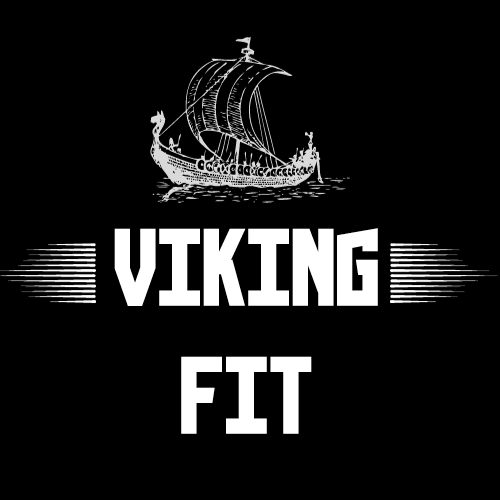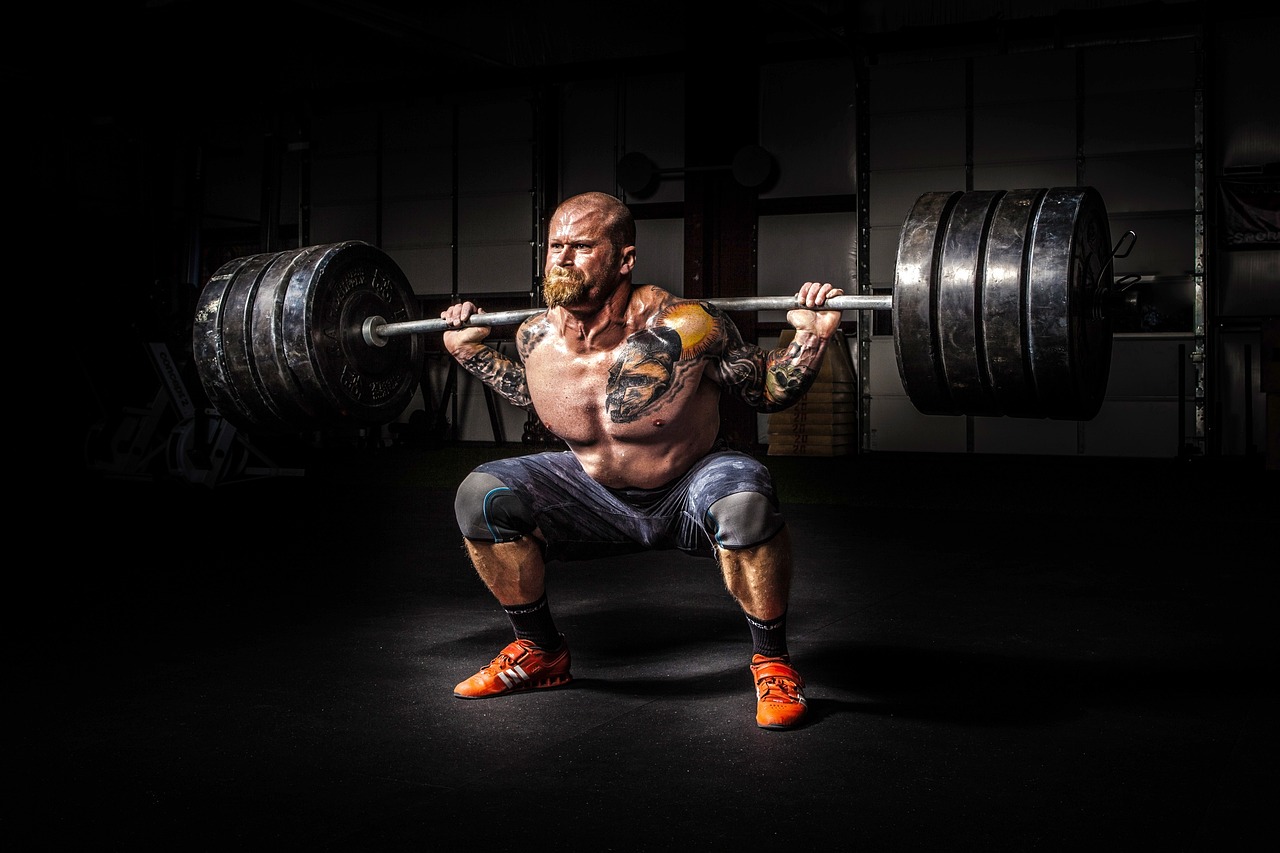“Discover the best lower glute exercises to sculpt a firmer backside! Our comprehensive guide covers hip thrusts, Bulgarian split squats, and more. Get started today!”
Table of Contents
Introduction:
In the pursuit of a well-toned physique, the glutes often take center stage. However, while many focus on the gluteus maximus—the largest muscle in the buttocks—neglecting the lower glutes can lead to imbalances, compromised performance, and even injury. In this comprehensive guide, we delve into the intricacies of lower glute training, exploring the anatomy, science, and best exercises to help you unlock the full potential of your backside.
Understanding the Lower Glutes
In the realm of fitness and body aesthetics, the gluteus maximus often steals the spotlight, revered for its role in shaping a curvaceous and toned posterior. However, nestled beneath the gluteus maximus lie two smaller yet equally significant muscles: the gluteus medius and gluteus minimus. Collectively known as the lower glutes, these muscles play a pivotal role in not only the aesthetics of the posterior but also in the functional movement of the hip joint and pelvis.
Anatomy of the Lower Glutes
To understand the importance of the lower glutes, it’s essential to delve into their anatomical structure and function. The gluteus medius, positioned on the lateral aspect of the hip, originates from the ilium and inserts into the greater trochanter of the femur. Beneath the gluteus medius lies the gluteus minimus, which shares a similar origin and insertion but is situated deeper within the pelvic region. Together, these muscles contribute to hip abduction, rotation, and stabilization.
Functionality and Movement Patterns
While the gluteus maximus primarily functions to extend and externally rotate the hip, the lower glutes play a crucial role in pelvic stabilization and frontal plane movement. During activities such as walking, running, and squatting, the lower glutes work synergistically with other hip muscles to maintain pelvic alignment and control the descent and ascent of the body. Additionally, the lower glutes play a significant role in single-leg stance stability and lateral hip stability, preventing excessive hip drop and inward collapse during dynamic movements.
Importance of Lower Glute Strength and Activation
Weakness or underdevelopment in the lower glutes can lead to a myriad of issues, both aesthetically and functionally. From a cosmetic standpoint, underdeveloped lower glutes can contribute to a flat or sagging appearance in the posterior chain, detracting from the desired contours and symmetry. Functionally, insufficient lower glute strength and activation can manifest as hip instability, altered gait mechanics, and increased risk of injury, particularly in activities that involve lateral or single-leg movement patterns.
Common Issues Associated with Weak Lower Glutes
One of the most prevalent issues stemming from weak lower glutes is the phenomenon known as “gluteal amnesia” or “dormant glutes.” This condition occurs when the gluteal muscles fail to engage properly during movement, leading to compensatory patterns and overreliance on other muscle groups. As a result, individuals may experience chronic hip and lower back pain, diminished athletic performance, and increased susceptibility to injuries such as iliotibial band syndrome and patellofemoral pain syndrome.
Assessment and Correction Strategies
Identifying and addressing weaknesses in the lower glutes is essential for optimizing both aesthetics and performance. Functional movement assessments, such as the single-leg squat test and Trendelenburg test, can provide valuable insights into hip and pelvic stability. From there, targeted exercises and corrective strategies can be implemented to strengthen and activate the lower glutes effectively.
The Science Behind Lower Glute Activation
Achieving optimal results from lower glute exercises requires more than mindlessly going through the motions. It necessitates deliberate activation—a concept rooted in neuromuscular physiology. Glute activation techniques, such as pre-activation drills and mind-muscle connection strategies, prime the lower glutes for enhanced recruitment during subsequent exercises. By honing in on proper form, tempo, and muscle engagement, individuals can maximize the effectiveness of their lower glute workouts.
7 Lower Glute Exercises for a Stronger, Firmer Backside
Hip Thrusts: The quintessential lower glute exercise, hip thrusts target the posterior chain while minimizing spinal compression. Variations, such as single-leg and banded hip thrusts, offer progressive overload and accommodate various fitness levels.
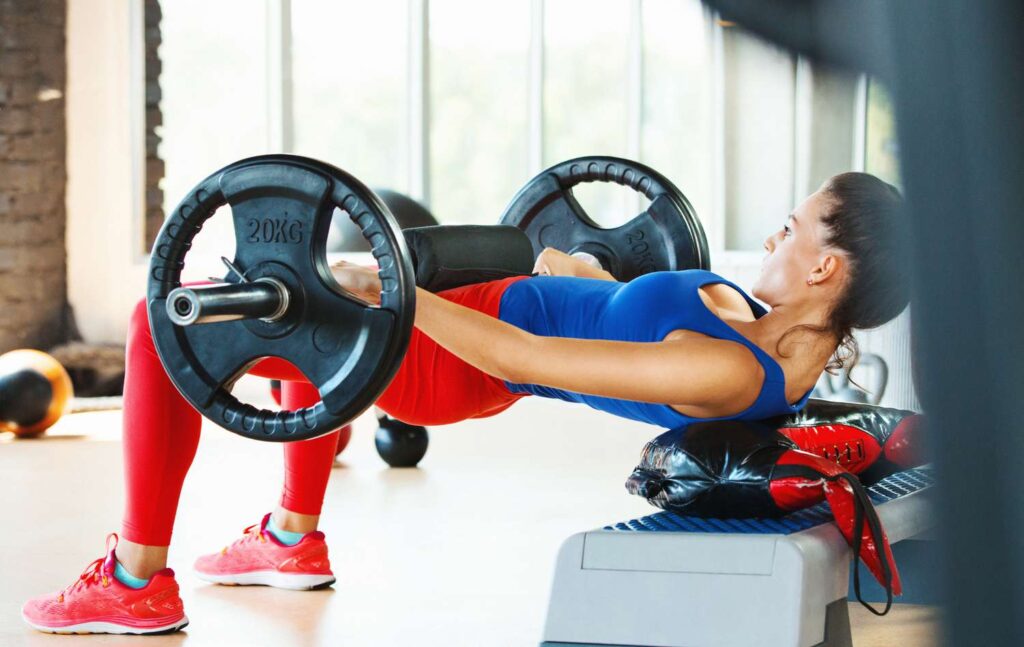
Bulgarian Split Squats: This unilateral movement challenges stability and proprioception while providing a potent stimulus to the lower glutes. By elevating the rear foot on a bench or platform, individuals can deepen the stretch and increase glute activation.
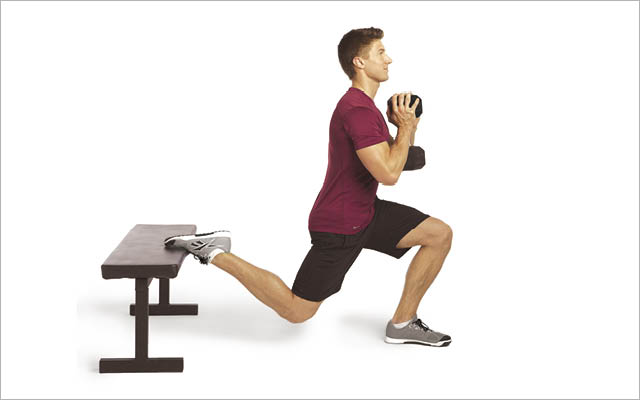
Romanian Deadlifts: Primarily targeting the hamstrings and erector spinae, Romanian deadlifts also engage the lower glutes as stabilizers. Emphasizing hip hinge mechanics and eccentric control, this exercise fosters strength and resilience in the posterior chain.

Glute Bridges: A staple in lower body training, glute bridges isolate the glutes while minimizing stress on the lower back. Variations, such as frog pumps and hip thrust holds, offer versatility and target specific aspects of glute development.

Cable Pull-Throughs: By emphasizing hip extension against resistance, cable pull-throughs effectively activate the lower glutes while reinforcing proper movement patterns. Adjusting the cable height and stance width allows for customized targeting and progression.
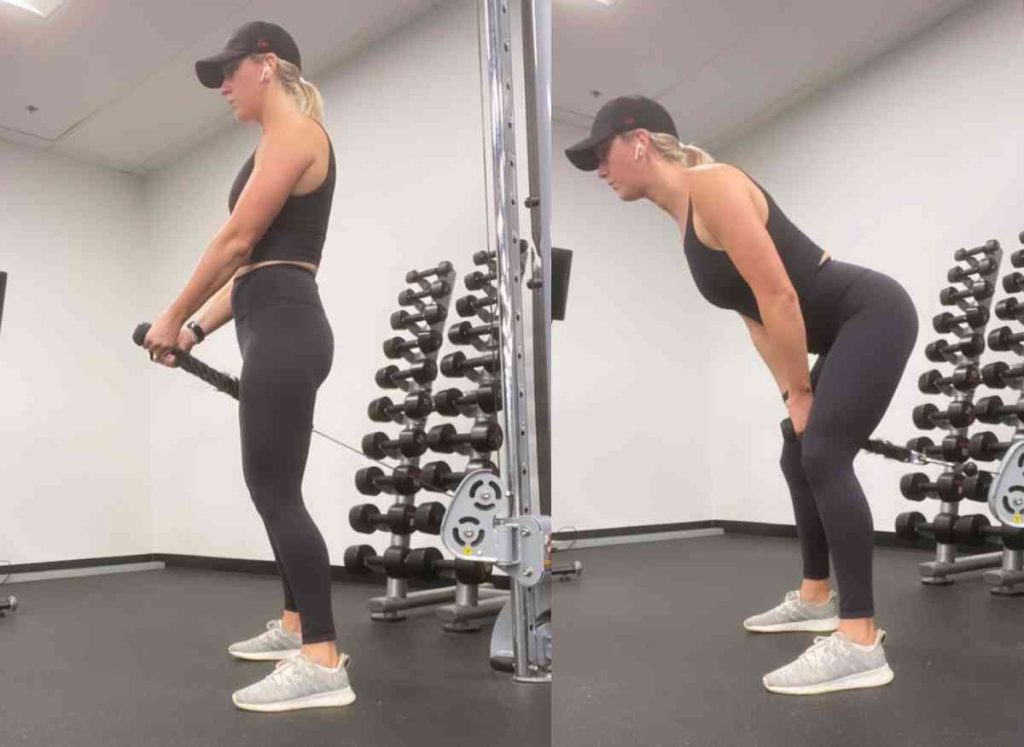
Reverse Lunges: Unlike traditional lunges, reverse lunges shift the emphasis to the glutes and hamstrings, promoting greater hip extension and stability. Incorporating a deficit or weight transfer adds complexity and challenges balance.
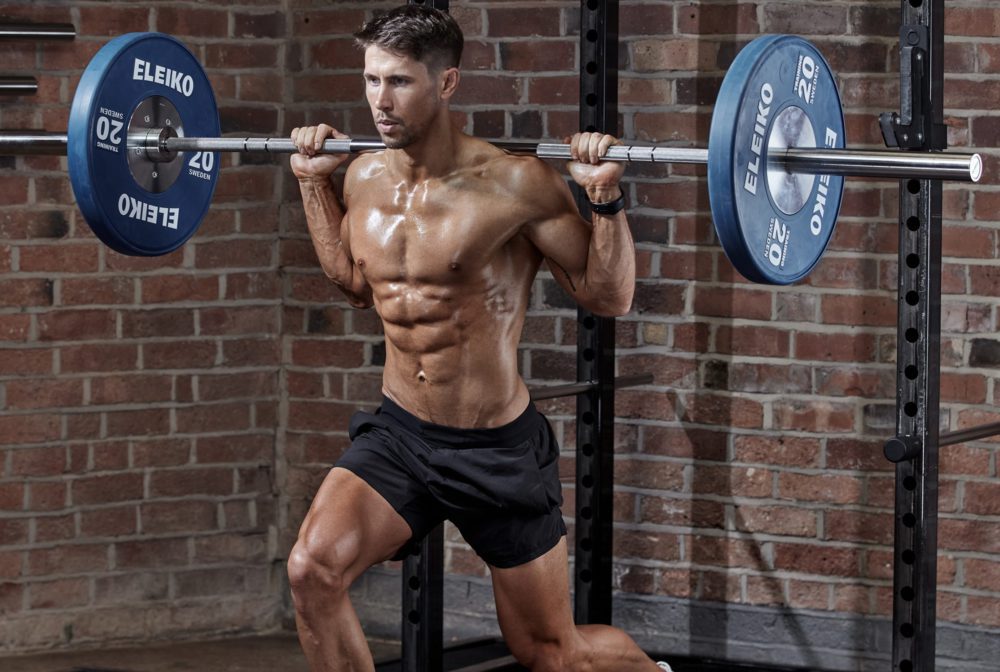
Curtsy Lunges: Named for the graceful movement of a curtsy, this exercise targets the outer glutes and thighs through lateral hip abduction. By crossing one leg behind the other in a diagonal pattern, individuals engage the lower glutes while enhancing hip mobility.
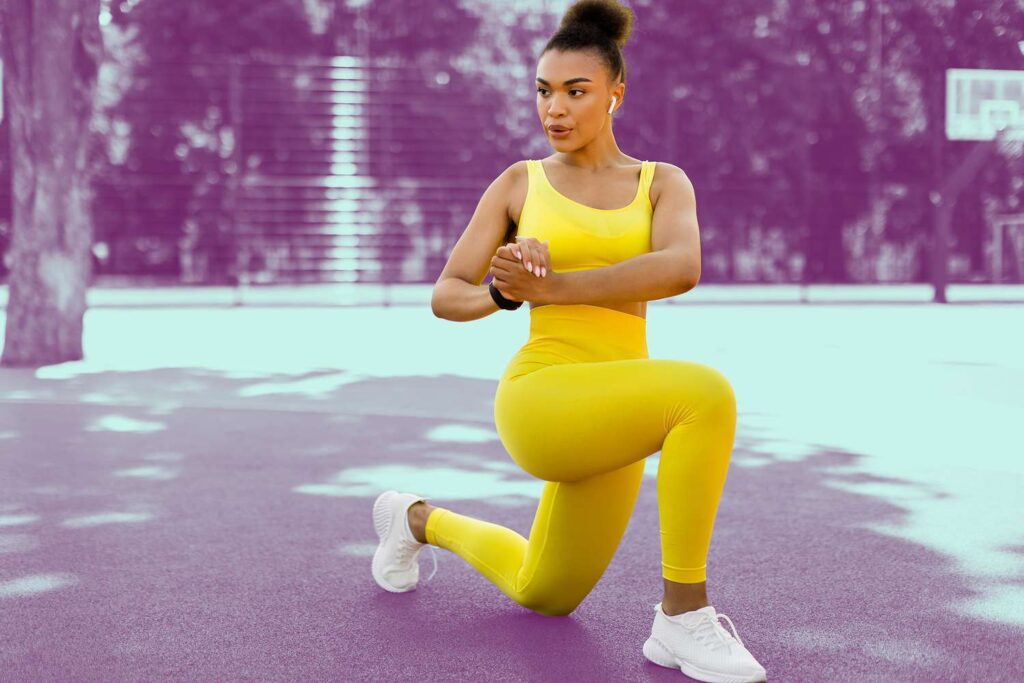
Sample Lower Glute Workout Routine
With a repertoire of lower glute exercises at your disposal, crafting an effective workout routine becomes a matter of strategic planning. Below, we outline a sample lower glute workout designed to promote strength, hypertrophy, and functional capacity: Does Releasing Sperm Affect Muscle Growth? full Guide 2024
Warm-up:
- Glute Activation Drills (e.g., Clamshells, Fire Hydrants) – 2 sets of 12-15 reps each
- Dynamic Hip Flexor Stretch – 1 set of 10 reps per leg
Main Workout:
- Hip Thrusts – 4 sets of 10-12 reps
- Bulgarian Split Squats – 3 sets of 8-10 reps per leg
- Romanian Deadlifts – 3 sets of 8-10 reps
- Glute Bridges (with Band) – 3 sets of 12-15 reps
- Cable Pull-Throughs – 3 sets of 10-12 reps
- Reverse Lunges – 3 sets of 10-12 reps per leg
- Curtsy Lunges – 3 sets of 10-12 reps per leg
Cool-down:
- Static Stretching (e.g., Standing Glute Stretch, Figure-Four Stretch) – Hold each stretch for 20-30 seconds
Conclusion:
In the pursuit of sculpting a well-rounded backside, targeting the lower glutes is paramount. By incorporating a variety of exercises that emphasize hip extension, abduction, and external rotation, individuals can address imbalances, enhance performance, and achieve aesthetic goals. Remember, consistency, progression, and proper form are key pillars of effective lower glute training. So, whether you’re a seasoned athlete or a novice gym-goer, harness the power of lower glute exercises to unlock your fullest potential.
